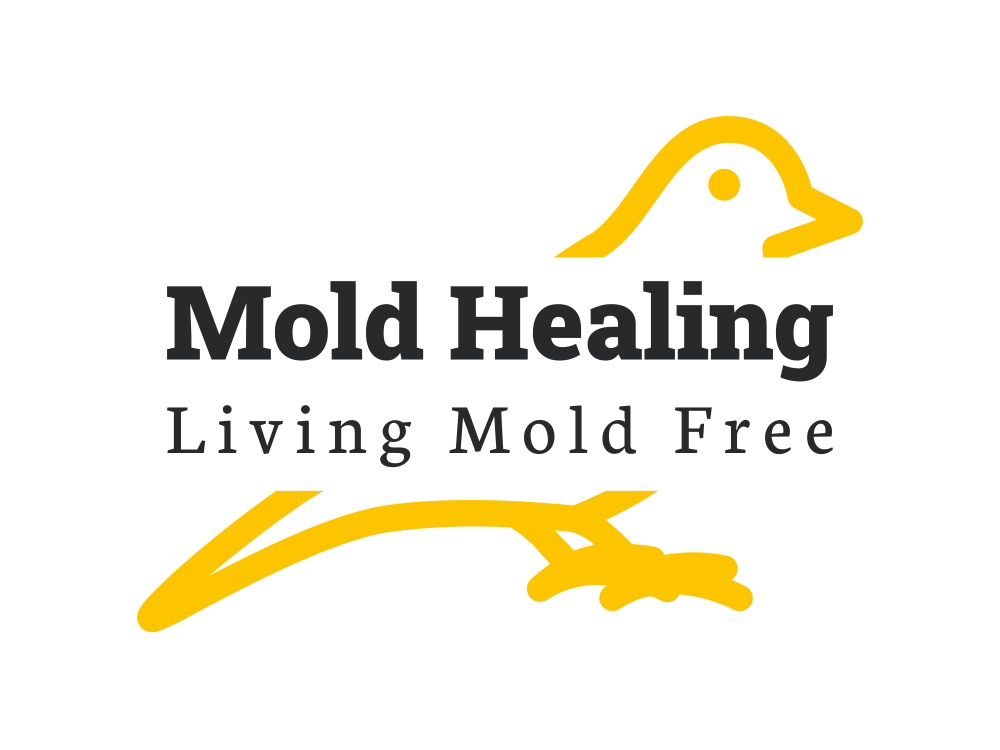Mold toxicity is a serious health issue that can have a negative impact on your physical and mental well-being. It occurs when you inhale or come into contact with toxic mold, which can release harmful substances called mycotoxins. These mycotoxins can cause a range of symptoms, including respiratory problems, allergies, and neurological issues.
If you suspect that you have been exposed to mold toxicity, it’s important to take steps to heal your body and protect your health. Here are some tips from Beth O’Hare, a naturopathic physician and the founder of Nature Path, on how to heal your body from mold toxicity:
Identify the source of the mold and remove it.
“The first step in healing from mold toxicity is to identify and eliminate the source of the mold,” says O’Hare. “This may involve hiring a professional to assess and remediate the problem, or it may simply involve cleaning and drying out a damp area in your home.” Once you have identified the area, it may be wise to stay away from the affected space until removal has been completed.
Support your detoxification pathways.
Mold toxicity can tax your body’s detoxification pathways, so it’s important to support them to help your body eliminate the toxins. O’Hare recommends “using a combination of nutrients, herbs, and lifestyle modifications to support the liver, kidney, and lymphatic system.”
Address nutritional deficiencies.
Mold toxicity can also lead to nutrient deficiencies, so addressing these imbalances will assist your body’s healing process. O’Hare suggests “supplementing with a high-quality multivitamin and mineral formula, as well as specific nutrients that support the liver, such as N-Acetyl Cysteine (NAC) and milk thistle.”
Reduce inflammation.
Inflammation can exacerbate the symptoms of mold toxicity, so it’s important to reduce it as much as possible. O’Hare recommends “using anti-inflammatory nutrients and herbs, such as curcumin and quercetin, and following an anti-inflammatory diet rich in fruits, vegetables, and healthy fats.”
Address emotional and mental health
Mold toxicity can also harm your emotional and mental health, so it is key to address these issues as part of your healing process. O’Hare suggests “working with a therapist or counselor to address any underlying emotional issues and incorporating stress-reducing practices such as meditation and yoga into your daily routine.”
Seek medical help
If you are experiencing severe or persistent symptoms of mold toxicity, it’s important to seek medical help. O’Hare recommends “working with a qualified healthcare professional, such as a naturopathic doctor or functional medicine practitioner, who can help you develop a personalized treatment plan and provide support throughout the healing process.”
Conclusion
In conclusion, healing from mold toxicity requires a multi-faceted approach that addresses the condition’s physical, emotional and mental aspects. By identifying and eliminating the source of the mold, supporting your detoxification pathways, addressing nutritional deficiencies, reducing inflammation, and addressing your emotional and mental health, you can take steps to heal your body and protect your overall health.
Resources
- O’Hare, Beth. “How to Heal Your Body from Mold Toxicity.” Nature Path, https://www.naturepath.com/how-to-heal-your-body-from-mold-toxicity/.

